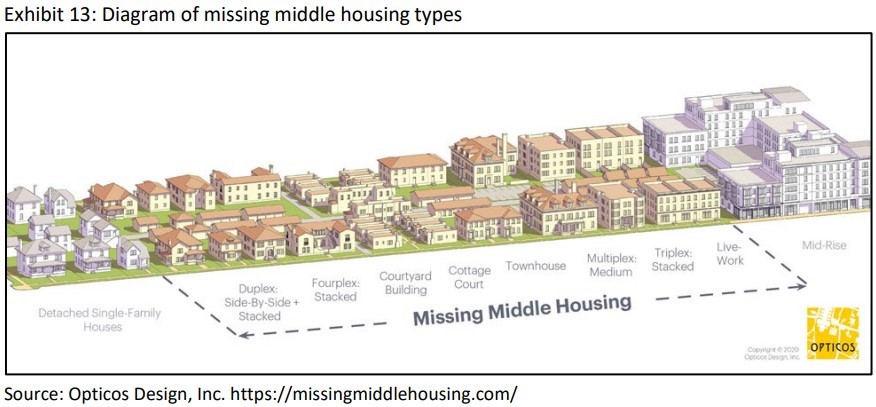HUD Study On Affordable Housing An Important Read
Guest Correspondence
SRQ DAILY
SATURDAY SEP 18, 2021 |
BY CHRISTINE ROBINSON
Affordable housing is a difficult topic to deal with because it upends our traditional way of thinking about development, development processes, density and neighborhood input. A new piece of research explaining these issues has come out from the US Department of Housing and Urban Development. The research specifically came from HUD’s Office of Policy Development and Research.
The study was completed in June of this year but released to the public on Sept. 7, just 11 days ago. This study was mandated by Congress in its 2021 Appropriations Act for HUD. This is a playbook that recommends “best practices for localities and states to help encourage the production of new housing in high-cost metropolitan areas.”
The report’s foundation is based upon a very important premise, “In the United States, housing supply has failed to meet demand, resulting in higher housing costs.” This is no longer a debatable issue, the market is not meeting population growth and therefore driving housing costs upwards. In Sarasota County, no one is in doubt that we are experiencing this issue right now, home sales prices have skyrocketed as we experience a demand from the flight of people from high-tax states.
What is inhibiting the building of housing supply? Regulation. According to the report, “A significant body of research has examined the relationship among land use regulation, housing supply, and housing prices, finding that increasingly strict local and State government regulations have driven up the cost of building new homes and prevented housing supply from keeping up with demand.”
Otherwise known as “regulatory tax,” the cost of regulation can be serious and significant. This “tax” is calculated by removing the cost of construction and looking at the gap between prices and remaining costs. The research points to a study from the Journal of Law and Economics that examined 21 metro areas, and almost half had a regulatory tax, of more than 10%. In California, it was “one-third to one-half of the median home value.” Government is causing the prices of homes to go up significantly by its regulation alone.
The research issues recommendations to states and local governments, with the unapologetic goal of increasing housing supply. The study then identifies two critical elements of housing (emphasis added):
- The United States’ housing market relies primarily on the private market to produce housing units. Developers will not build units if they cannot make the deal work financially, i.e., “pencil out.” High land costs from supply restrictions, long and uncertain development processes, and requirements to provide or pay for infrastructure and other amenities add to the costs.
- Land use regulatory regimes extend beyond specific regulations, such as parking requirements or maximum height limits. Tackling each barrier individually through a regulatory or statutory amendment may create change at the margins but tends to be insufficient to generate enough production. More comprehensive approaches may be needed to recover from decades of undersupply.
The good news is that we have begun to tackle some of the important work in affordable housing that needs to be done according to the report. For instance, the City of Sarasota has recently allowed for accessory dwelling units in the city.
However, we have a lot of work ahead of us in improving development processes, including doing more to limit discretionary approval processes. “For example, discretionary approval processes allow existing neighbors the opportunity to weigh in on design features, effectively giving them veto power based on their aesthetic preferences, which can push developers to use more costly materials or incorporate expensive design features.” Several states are examining removing the ability of local government to regulate design and materials so long as the international building code accepts them. Dimensional regulations (i.e., lot widths and setbacks) and review times for development approval can also add significantly to the regulatory tax and make lots unbuildable or not financially possible.
In the final paragraph of the research, HUD promises to continue to work on available ideas and best practices through their Regulatory Barriers Clearinghouse. As local governments look at their Comprehensive Plans and codes, they should make sure that they examine the costs of their regulatory taxes on affordable housing with every ordinance and regulation to ensure that they are not limiting housing supply through their own regulations and thus intensifying the affordable housing problem.
Christine Robinson is Executive Director of The Argus Foundation.
https://www.huduser.gov/PORTAL/publications/New-Housing-Production-Report.html
« View The Saturday Sep 18, 2021 SRQ Daily Edition
« Back To SRQ Daily Archive











